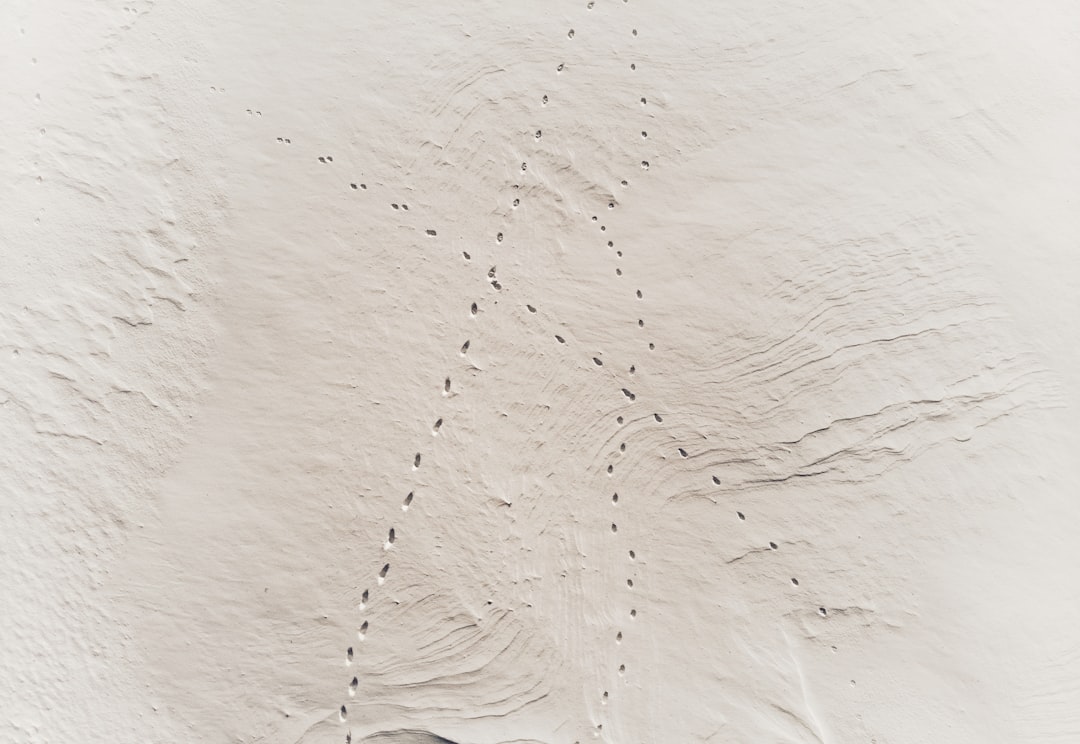Borders: Lines on a Map, Walls in the Mind
Sometimes, the most significant distances aren’t measured in miles, but in moments when a simple act—crossing a border—is suddenly impossible. What happens when a border, once busy and bustling, falls silent?
Throughout history, border closures have been powerful symbols. The Berlin Wall’s infamous lockdown divided families with a single, uncompromising line. Even in times of peace, the urge to control the frontier lingers: passports checked, goods inspected, intentions scrutinized. But the border is more than just a barrier; it’s a meeting place, a seam where cultures, economies, and lives weave together.
South East Asia’s borders are crossroads as much as boundaries. For countless Cambodians and Thais, crossing that invisible line might mean visiting family, trading goods at a market, or finding work just a few miles away. When an army halts the movement, it doesn’t just stop traffic—it interrupts the heartbeat of everyday life.
Have you ever wondered: If you drew a line on the ground, could it really keep friendships from blooming, languages from mingling, or flavors from mixing? Borders shape nations, yet humanity often seeps through the cracks—no wall, however tall, can stop the flow of need, hope, or curiosity.
So the next time you hear about a border shutting down, think beyond the politics. Imagine the students unable to attend school, the traders with unsold wares, the families waving across a river instead of sitting side by side. Borders are real, but their meaning is as fluid as the lives they touch.
This article was inspired by the headline: 'Thai army halts most border traffic to Cambodia'.

Comments
No comments yet. Be the first to comment!